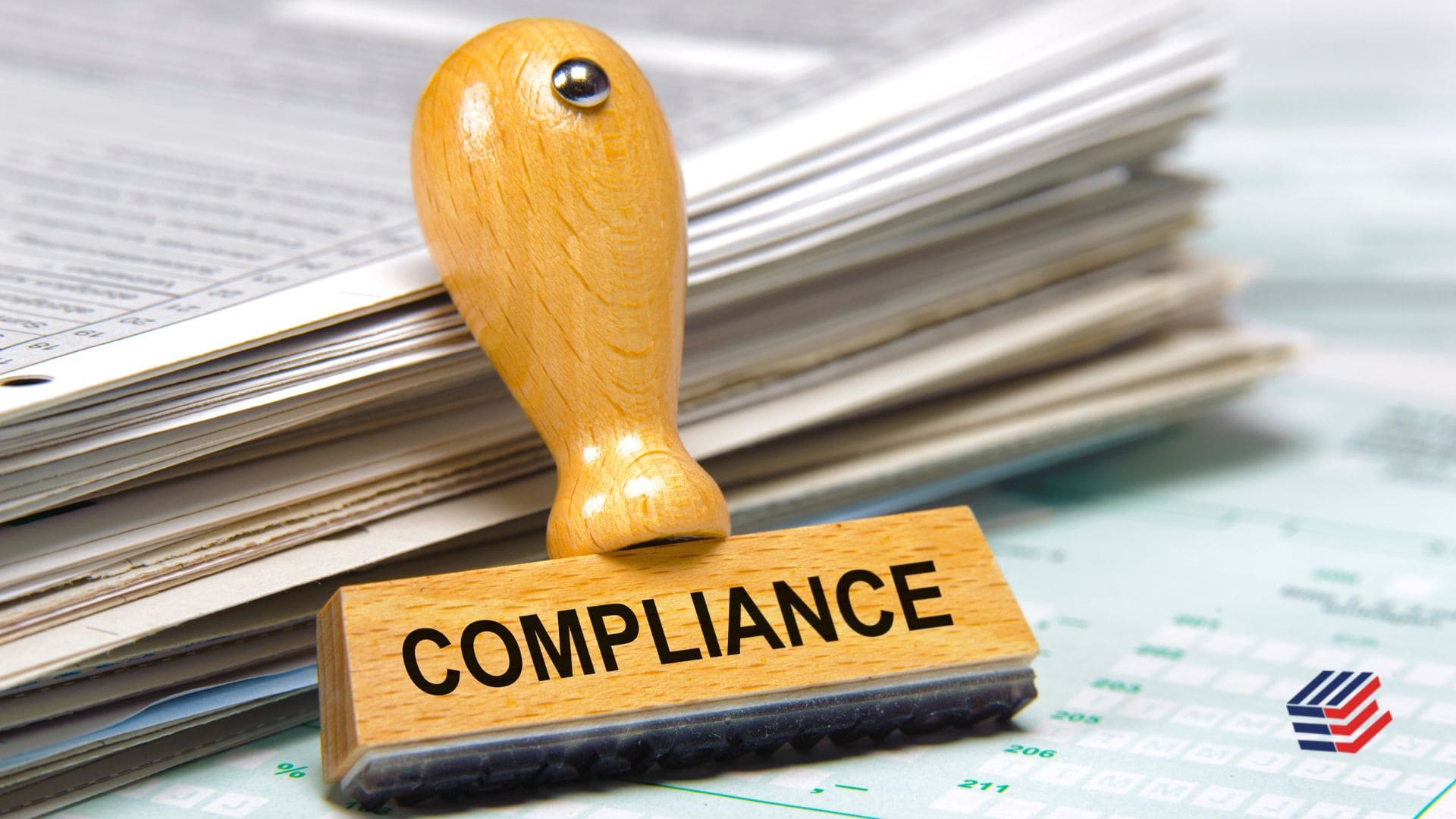The IRS released the new form W-4, Employee’s Withholding Certificate, to be used from Jan. 1, 2020. Changes were made to comply with the Tax Cuts and Jobs Act, which went into effect in 2018 where personal exemptions were removed and the standard deduction when filing personal taxes doubled. This new form and accompanying Tax Withholding Estimator are meant to ensure you have the correct amount of federal tax withheld from your paycheck.
Current employees who already completed a W-4 are not required to complete a new form; however, you may do so if you choose. If you do not submit a new form, withholding will continue based on your previously submitted form, which may not be as accurate as using the new form.
It is wise to complete a new Form W-4 if you want to more accurately account for your annual income. In instances where you work for more than one job, if your spouse has a job and you file your taxes together, if you claim the child tax credit, dependents tax credit or other tax credit, or if you fall in the higher income category and have more complex tax returns, it is advisable that you complete a new Form W-4.
When completing a new form W-4, you must complete steps 1 and 5. Steps 2, 3 and 4 are optional but can be helpful in ensuring your tax withholding more closely matches your tax obligations. In addition, the IRS provides a Tax Withholding Estimator to help ensure maximum accuracy.
To use the IRS Tax Withholding Estimator, you will need to have your latest pay statement handy, as you will be asked to enter the federal income tax withheld from your last paycheck and the total federal income tax withheld to date.
The IRS provides the following questions and answers regarding the new W-4 that you may find helpful:
Q. Why redesign Form W-4?
The new design reduces the form’s complexity and increases the transparency and accuracy of the withholding system. While it uses the same underlying information as the old design, it replaces complicated worksheets with more straightforward questions that make accurate withholding easier for employees.
Q. What happened to withholding allowances?
Allowances are no longer used for the redesigned Form W-4. This change is meant to increase transparency, simplicity, and accuracy of the form. In the past, the value of a withholding allowance was tied to the amount of the personal exemption. Due to changes in law, currently you cannot claim personal exemptions or dependency exemptions.
Q. Are all employees required to furnish a new Form W-4?
No. Employees who have furnished Form W-4 in any year before 2020 are not required to furnish a new form merely because of the redesign. Employers will continue to compute withholding based on the information from the employee’s most recently furnished Form W-4.
Q. What happens if I only fill out Step 1 and then sign the form?
Your withholding will be computed based on your filing status’s standard deduction and tax rates, with no other adjustments.
Q. When should I increase my withholding?
You should generally increase your withholding if:
- you hold more than one job at a time or you and your spouse both have jobs (Step 2) or
- you have income from sources other than jobs or self-employment that is not subject to withholding (Step 4(a)).
If you do not make adjustments to your withholding for these situations, you will very likely owe additional tax when filing your tax return, and you may owe penalties. For income from sources other than jobs, you can pay an estimated tax instead of having extra withholding.
Q. When should I decrease my withholding?
You should generally decrease your withholding if:
- you are eligible for income tax credits such as the child tax credit or credit for other dependents(Step 3), and/or
- you are eligible for deductions other than the basic standard deduction, such as itemized deductions, the deduction for IRA contributions, or the deduction for student loan interest (Step 4(b)).
Q. Why do I need to account for multiple jobs?
Tax rates increase as income rises, and only one standard deduction can be claimed on each tax return, regardless of the number of jobs. Therefore, if you have more than one job at a time or are married filing jointly and both you and your spouse work, more money should usually be withheld from the combined pay for all the jobs than would be withheld if each job was considered by itself. Adjustments to your withholding must be made to avoid owing additional tax, and potential penalties when you file your tax return. All of this has been true for many years; it did not change with the recent tax law changes. The old Form W-4 accounted for multiple jobs using detailed instructions and worksheets that many employees may have overlooked. Step 2 of the redesigned Form W-4 lists three different options you should choose from to make the necessary withholding adjustments. Note that, to be accurate, you should furnish a 2020 Form W-4 for all of these jobs.
Q. What if I have side work where I’m not treated as an employee?
If you have income from self-employment (including as an independent contractor), you will generally owe both income tax and self-employment tax. Form W-4 is primarily intended to be used by employees who are not subject to self-employment tax. Thus, like the old Form W-4, the redesigned Form W-4 does not compute self-employment tax. If you would like to use Form W-4 to make an adjustment to your withholding to account for self-employment income that you will receive from another source, use the Tax Withholding Estimator at www.irs.gov/W4app or refer to IRS Publication 505.

